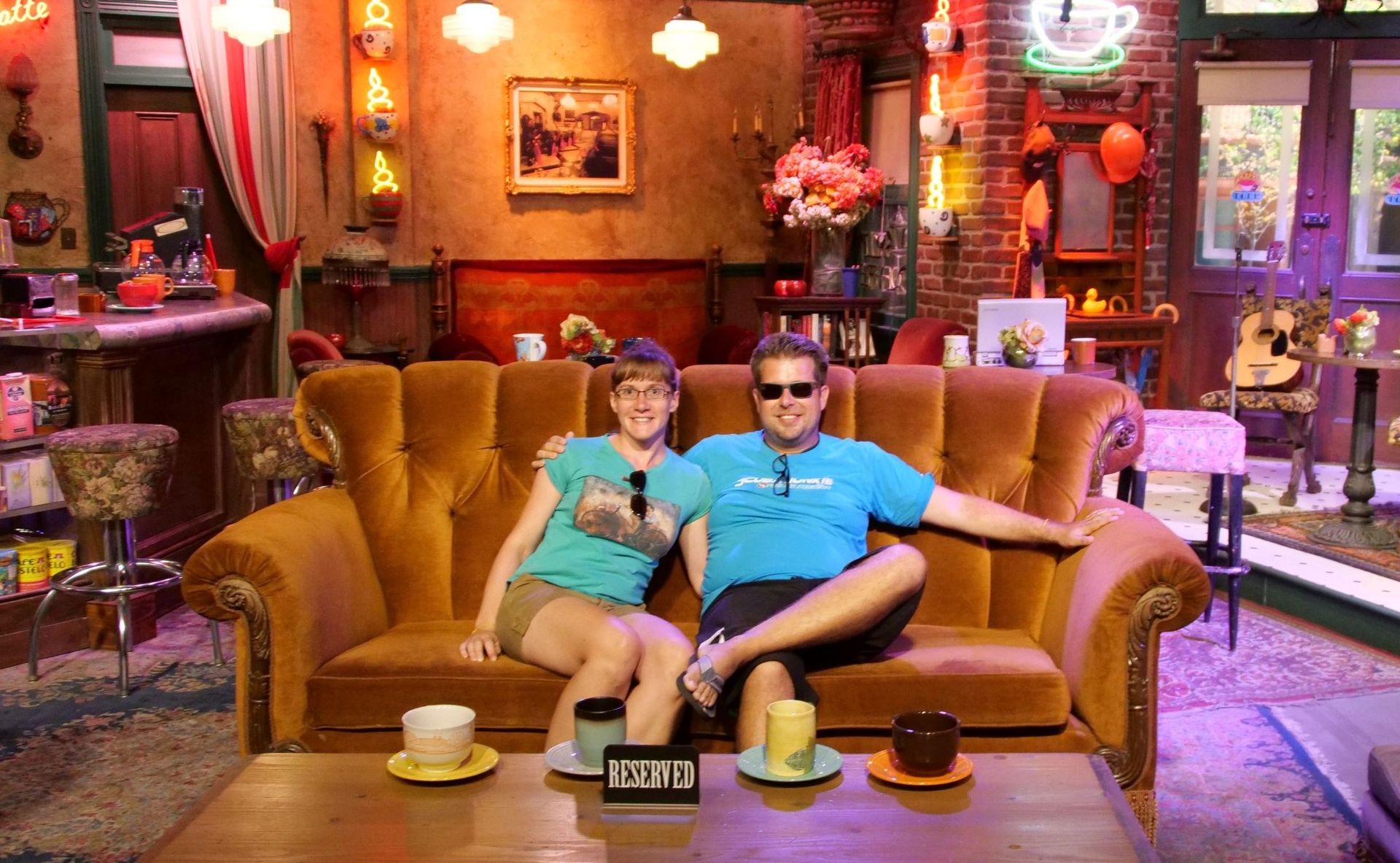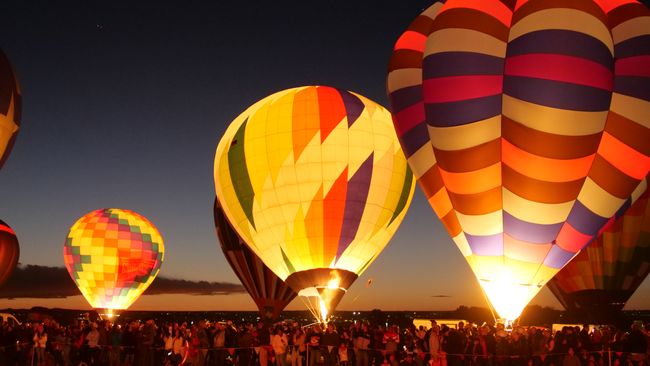21/09/2019 to 23/09/2019 - León / Nicaragua
ئېلان قىلىندى: 24.09.2019
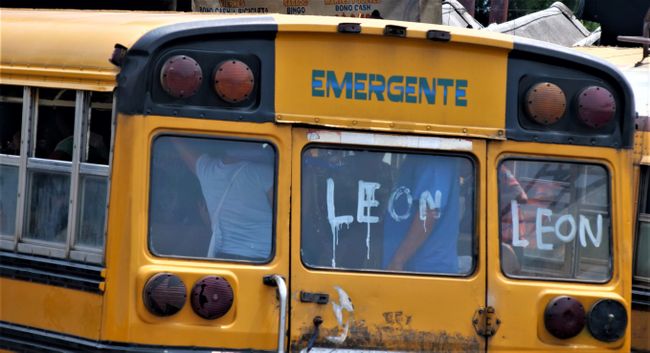
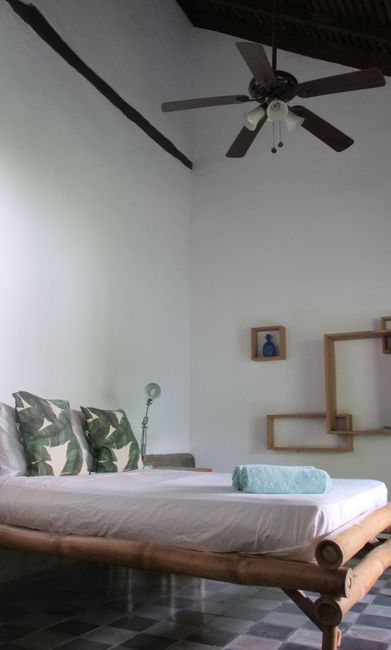
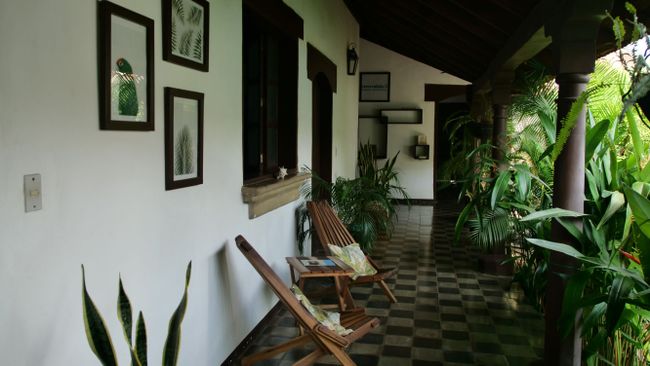
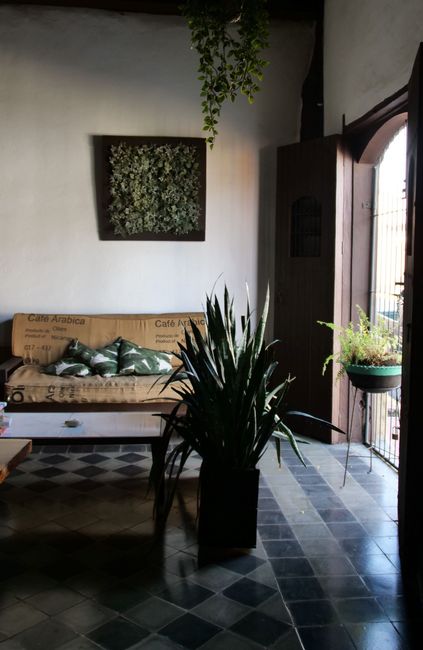
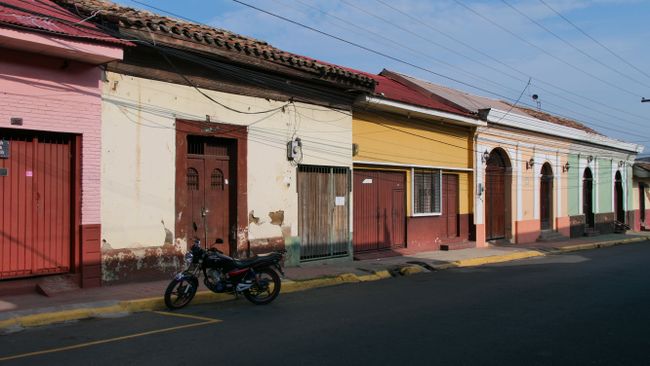
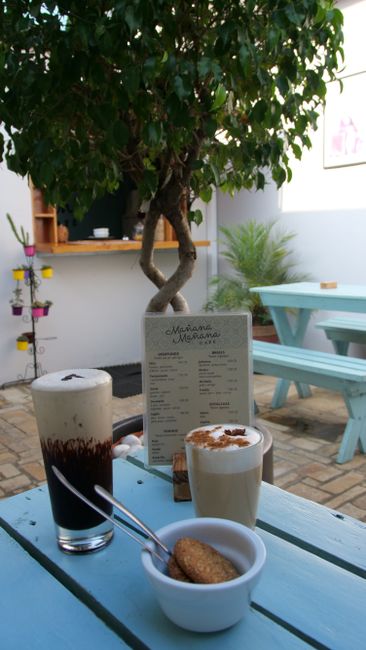
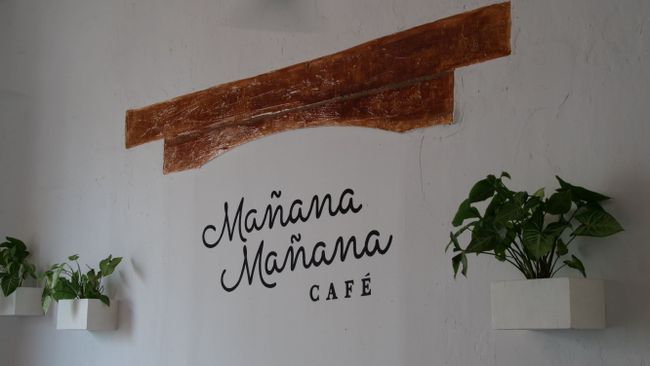
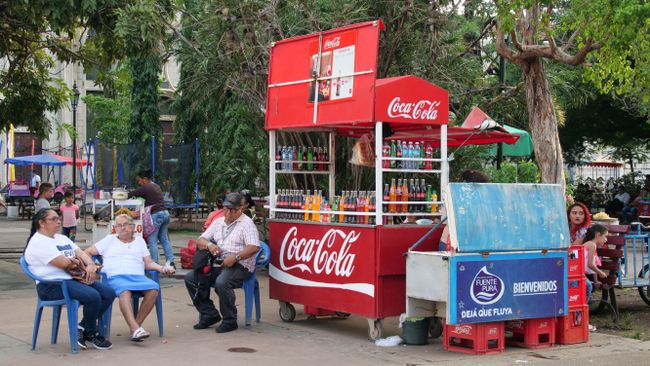
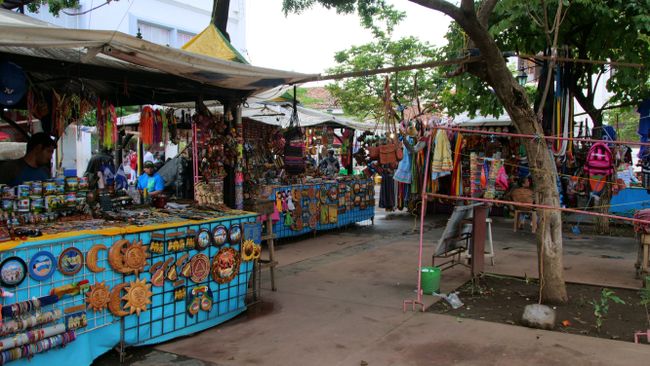
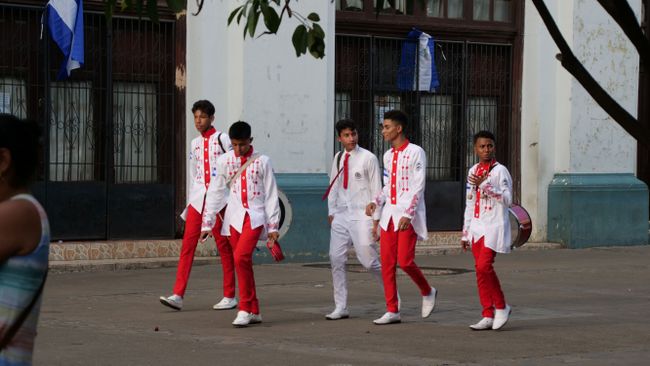
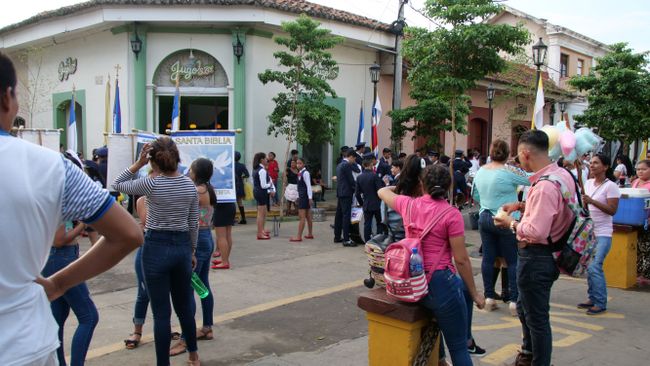
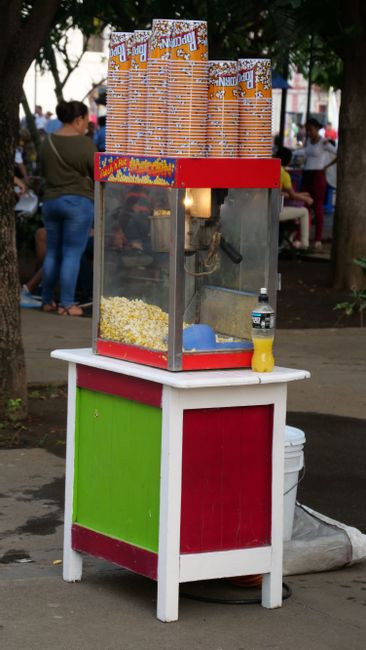
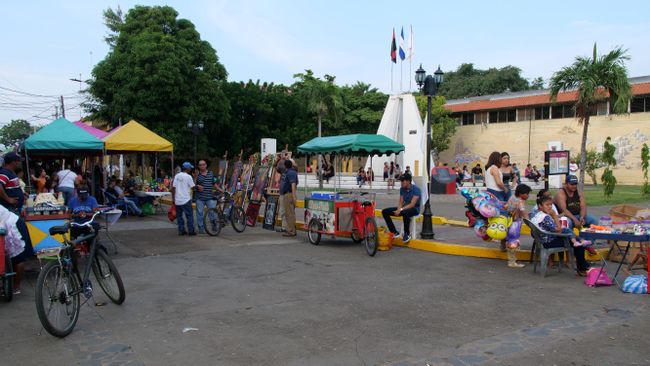
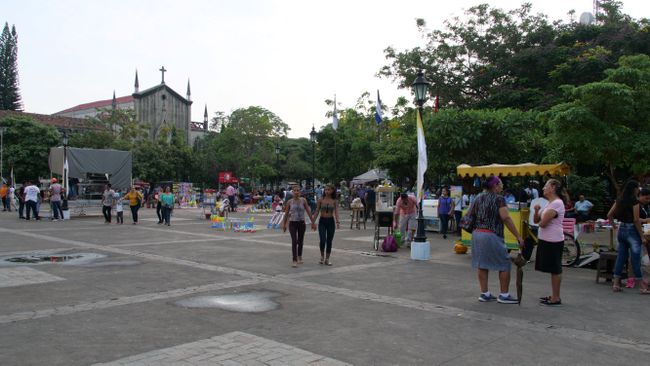
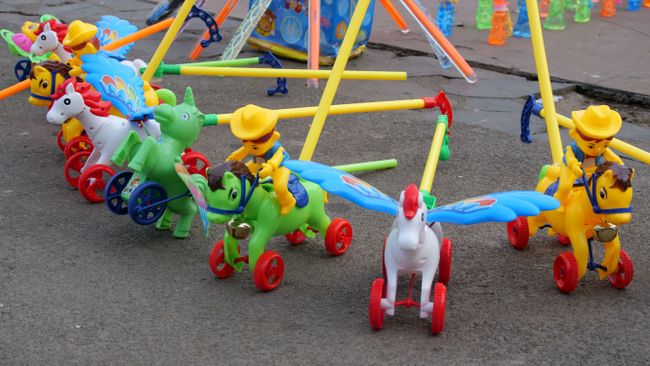

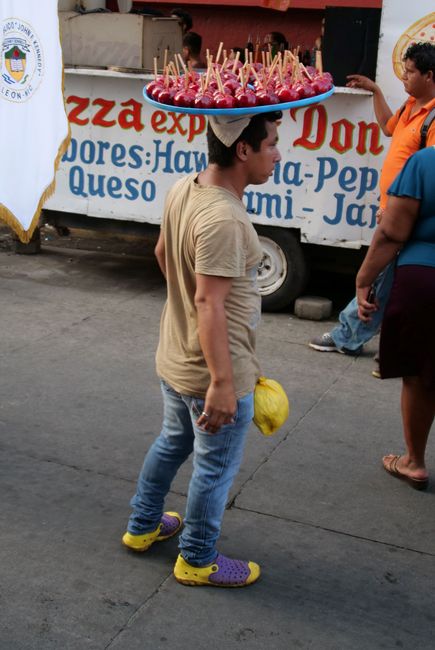
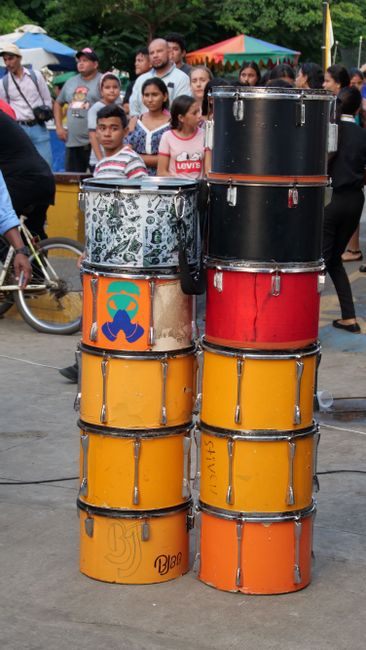
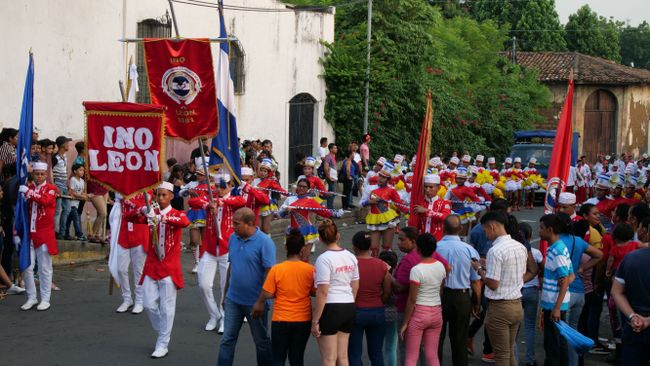
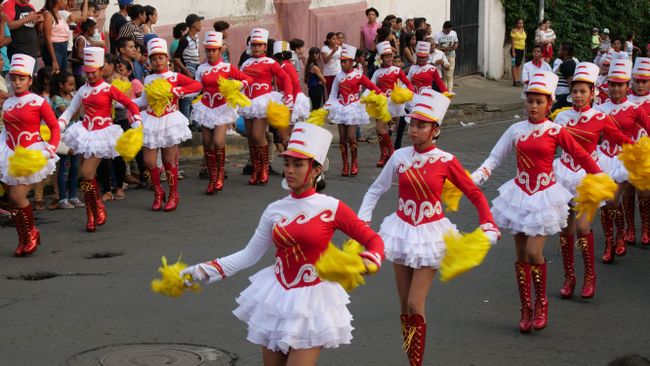

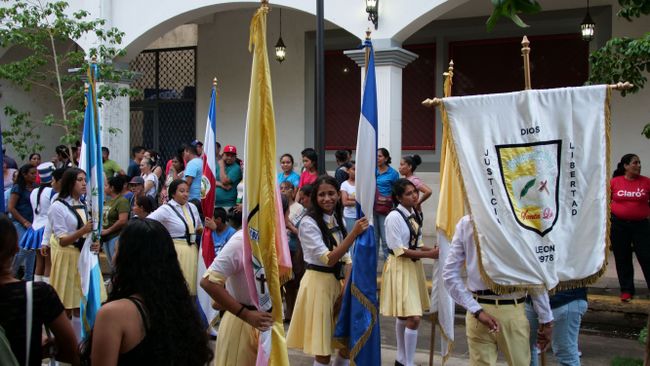
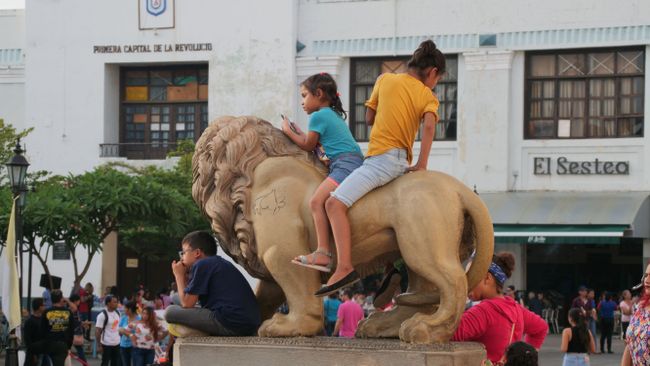
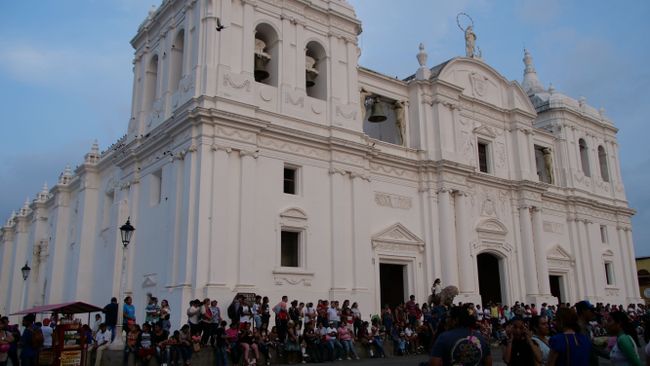
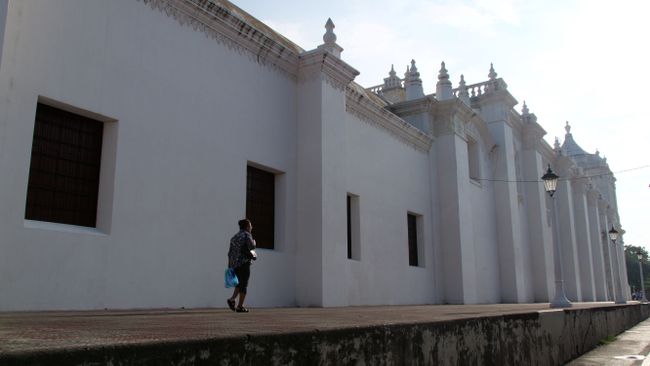
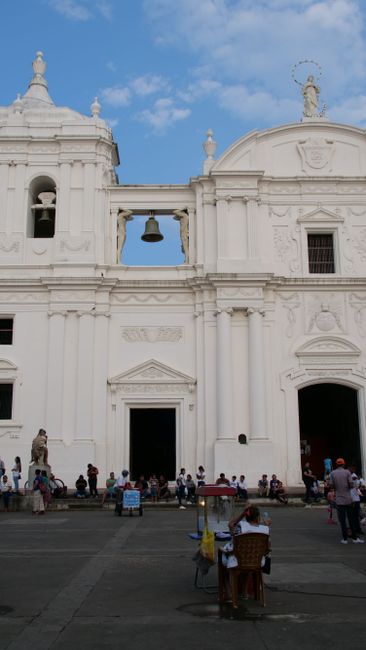
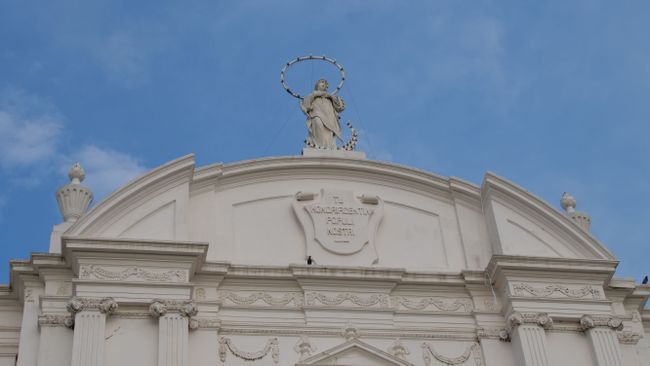
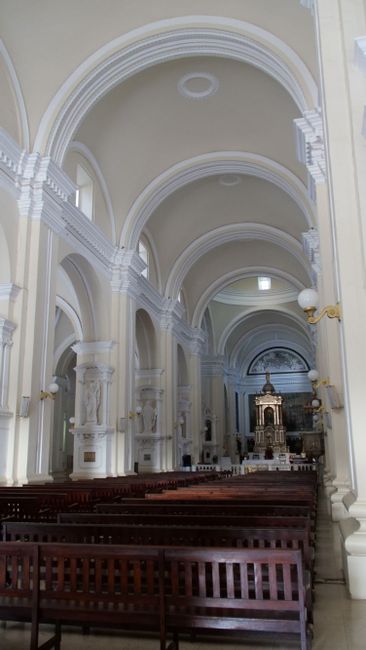
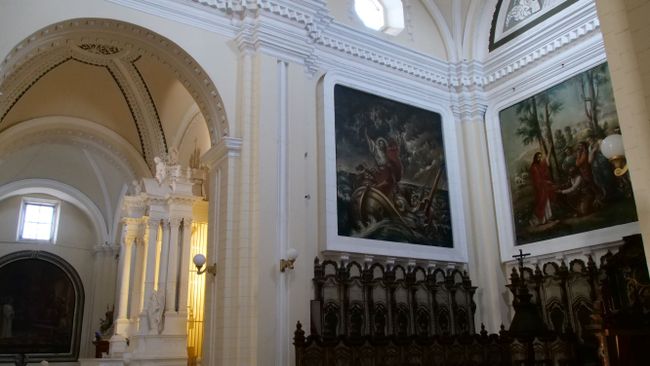
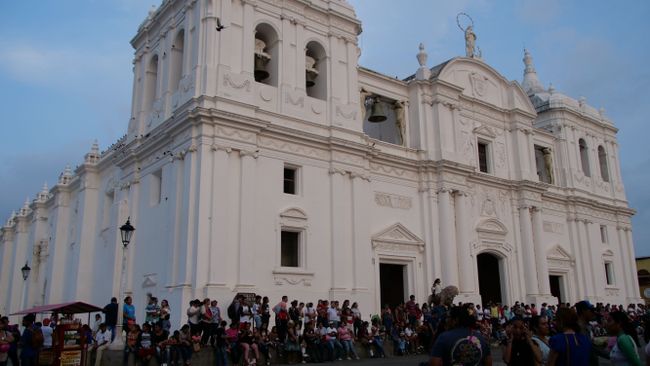
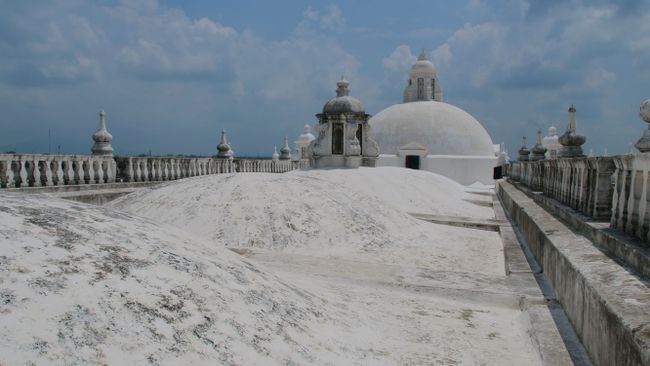
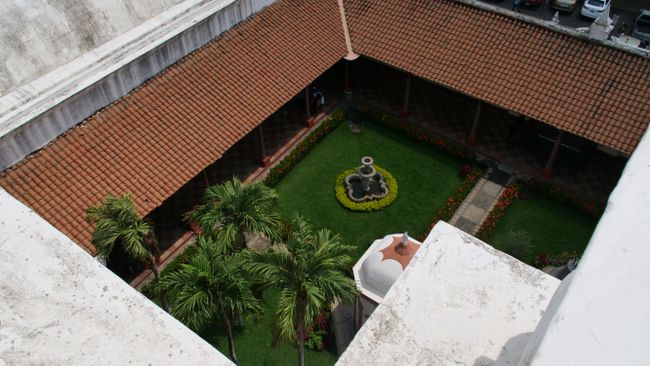
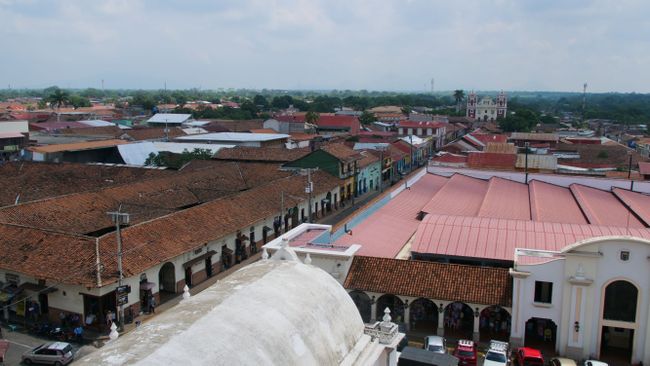
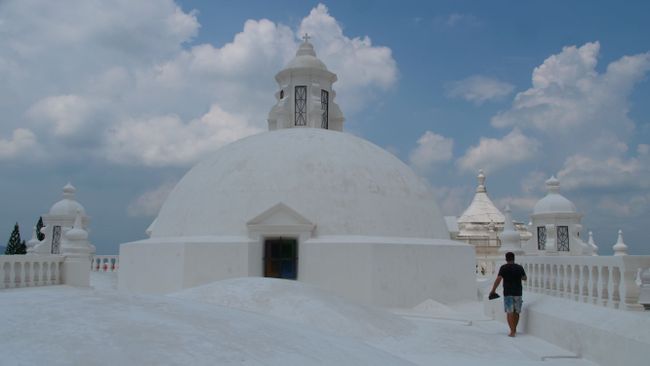
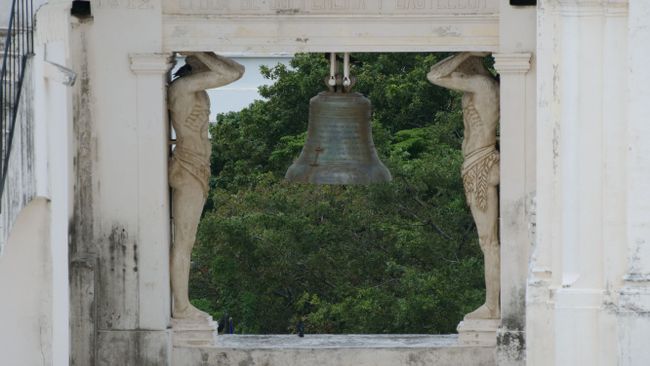
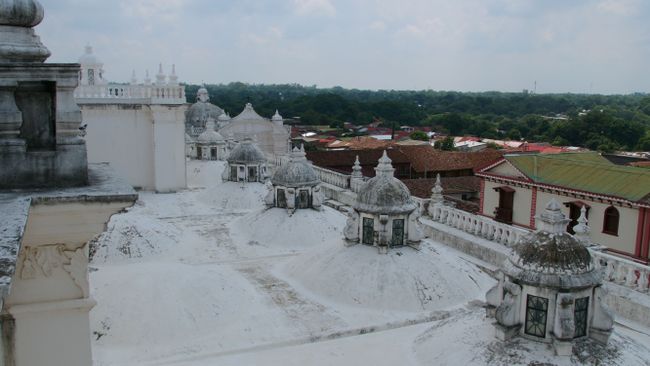
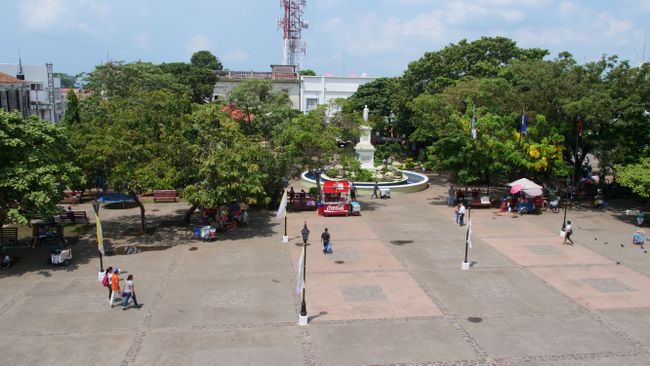
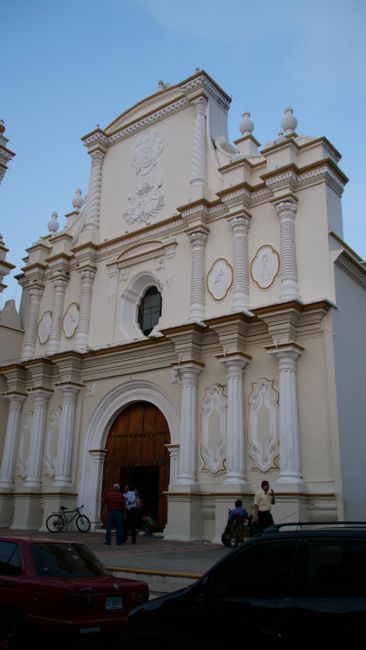
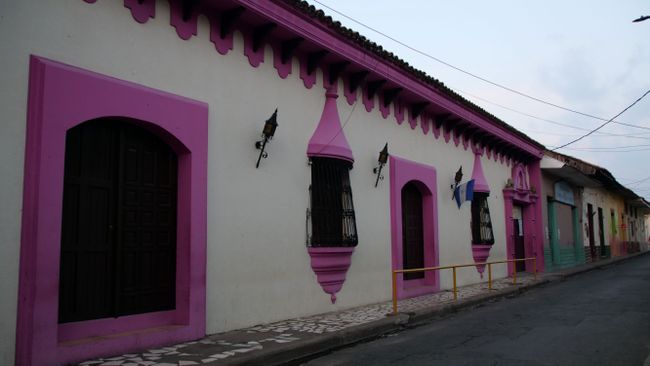
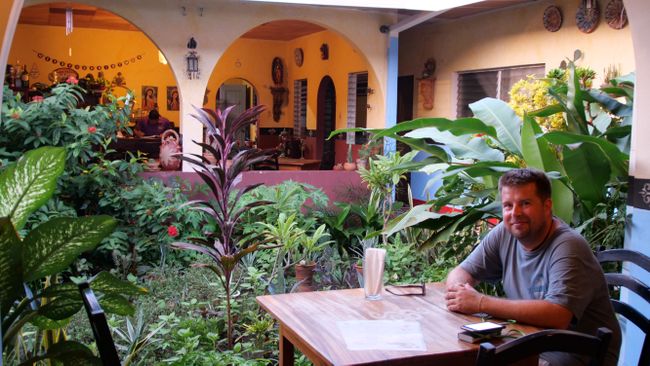

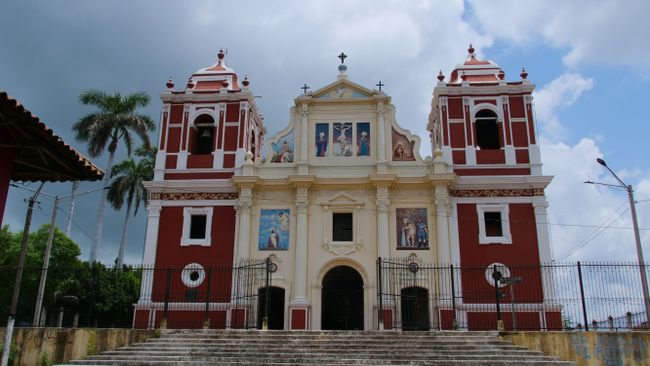
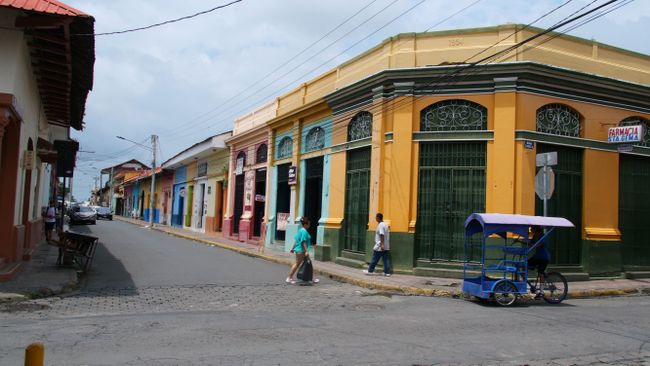
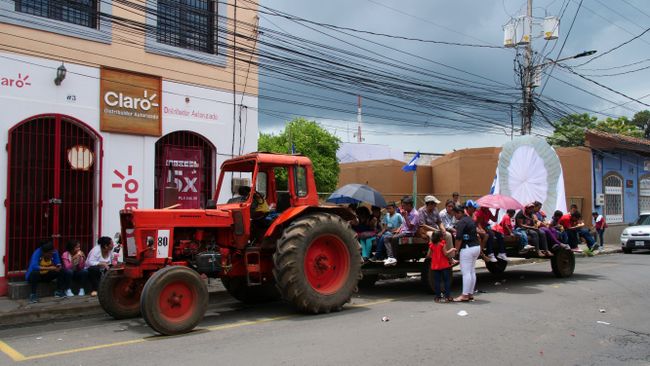
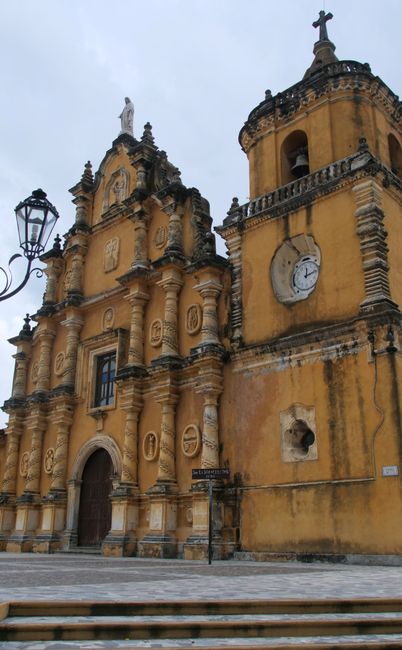
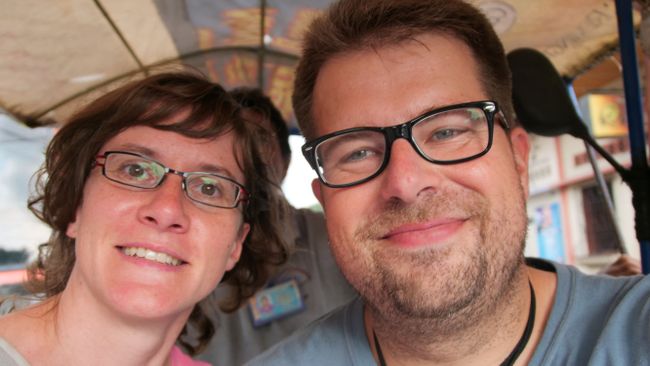
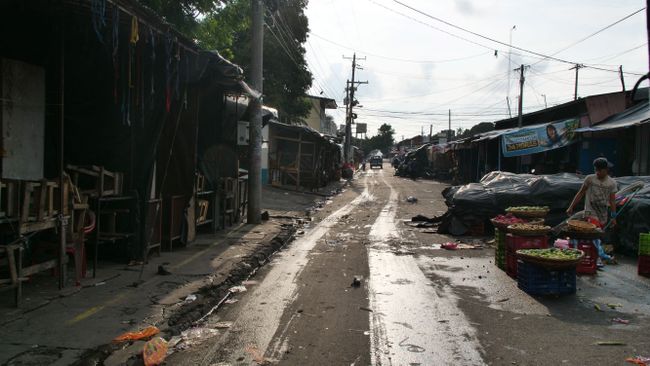
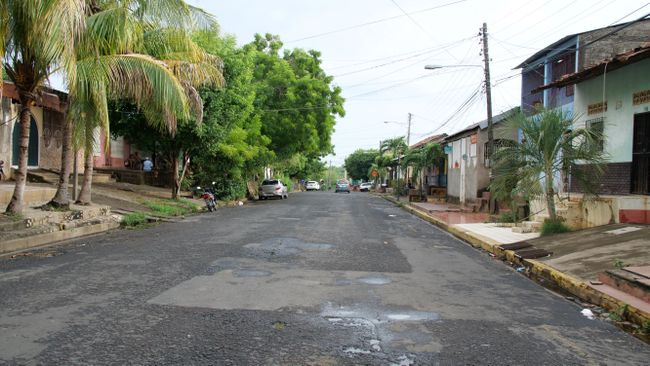
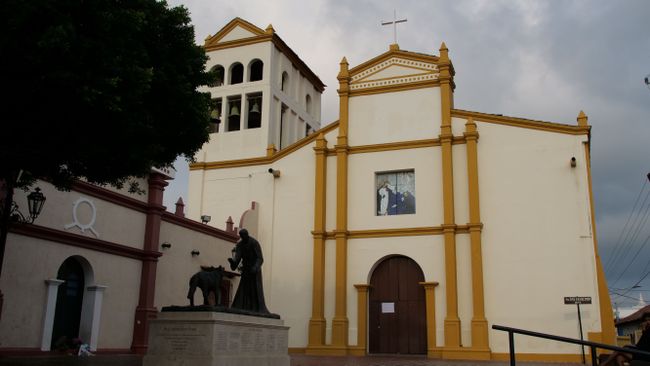
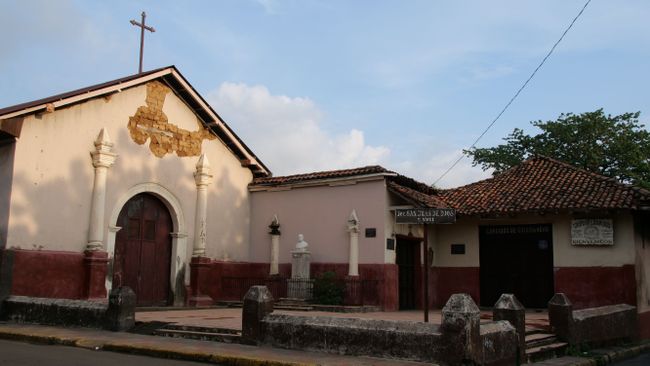
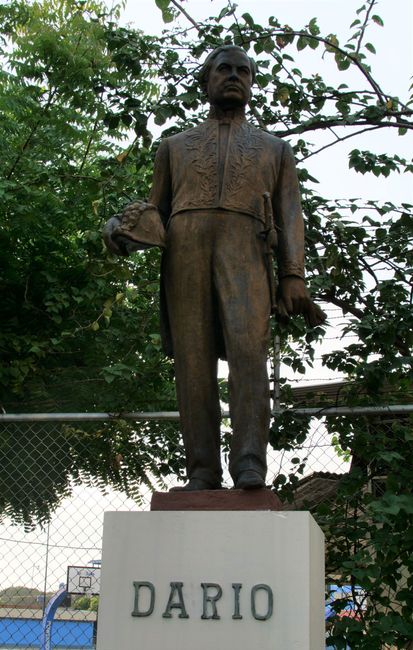
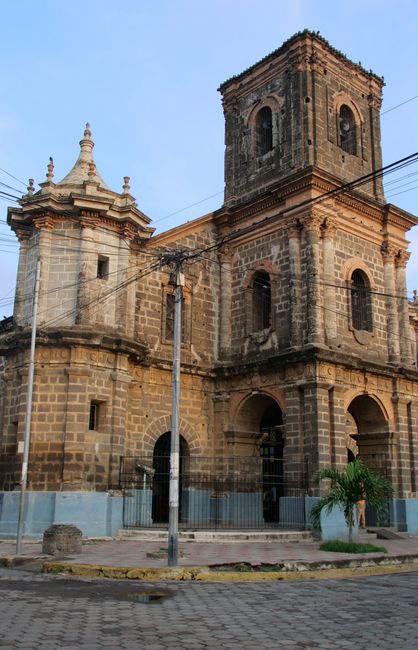
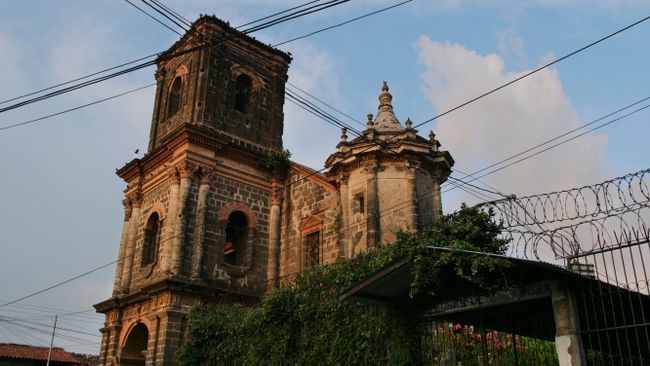
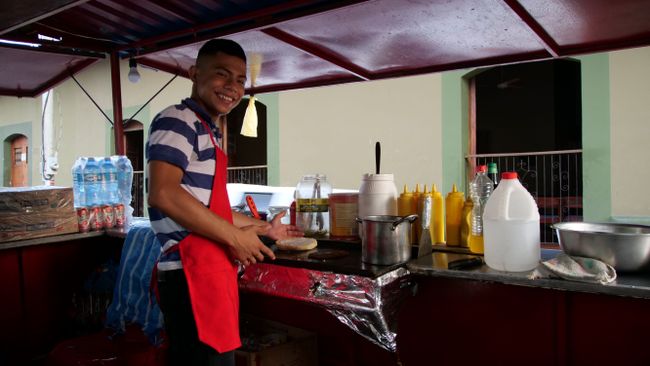
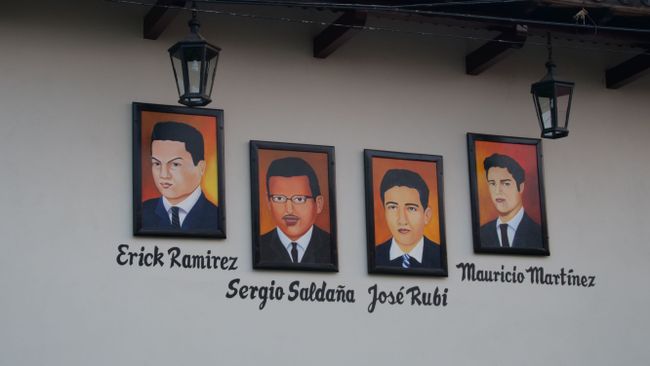
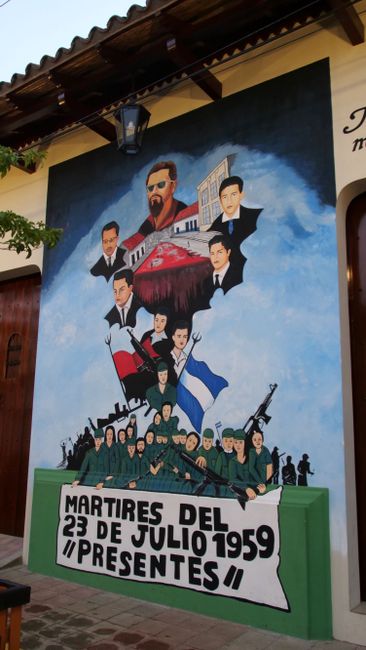
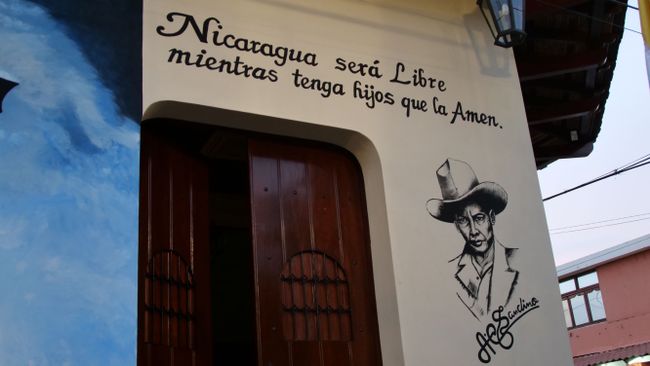
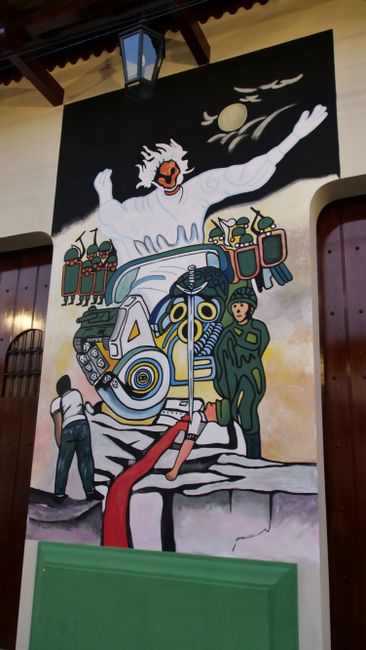
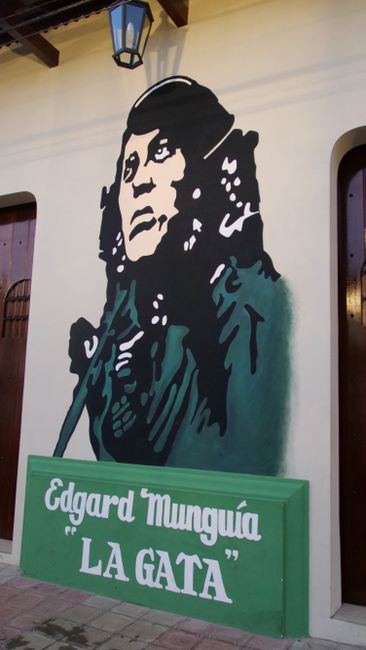

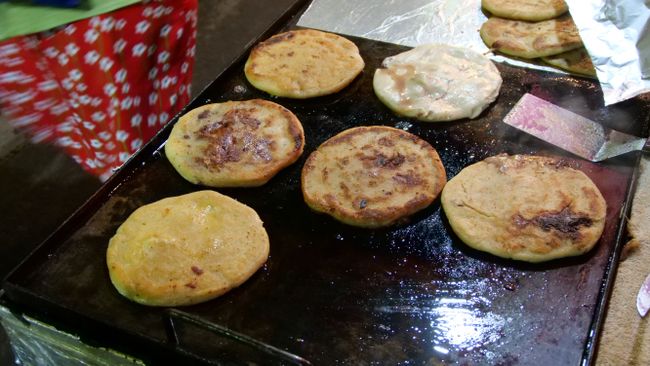
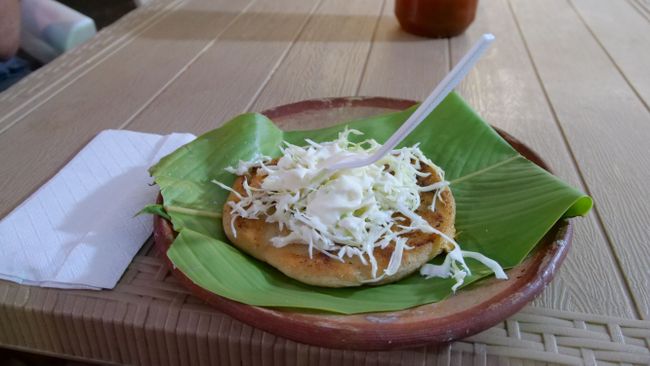
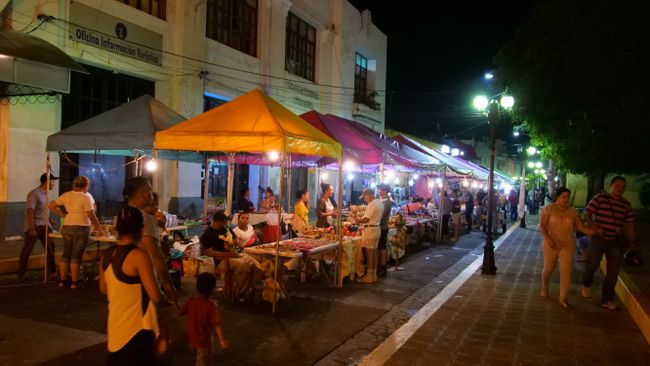
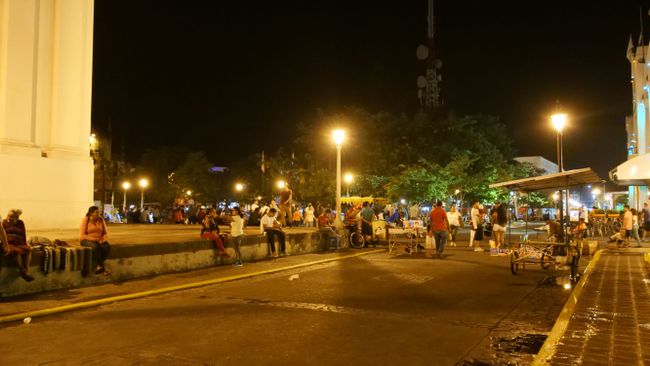
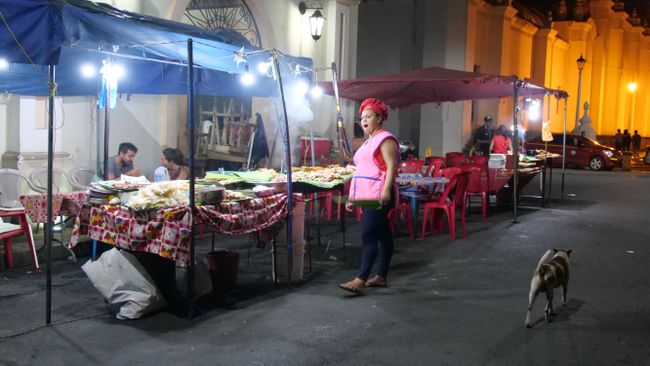
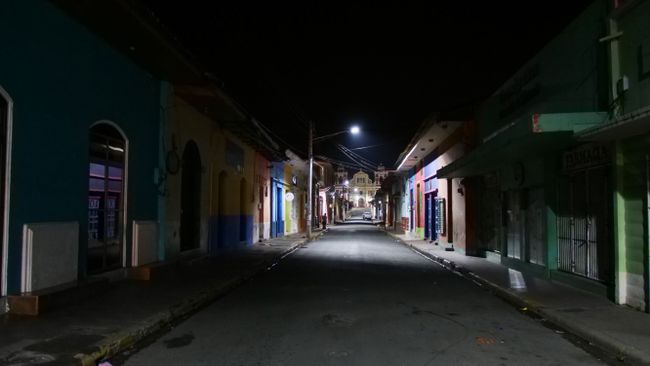
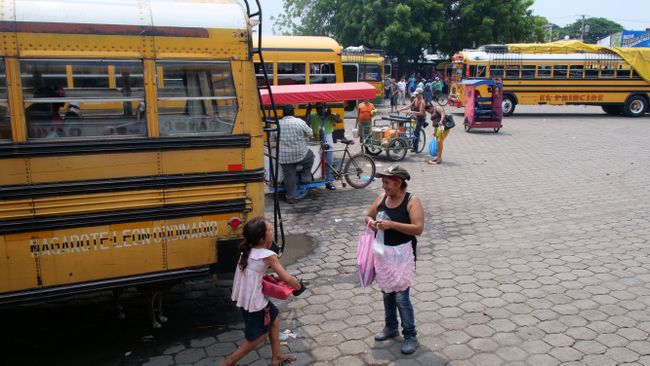
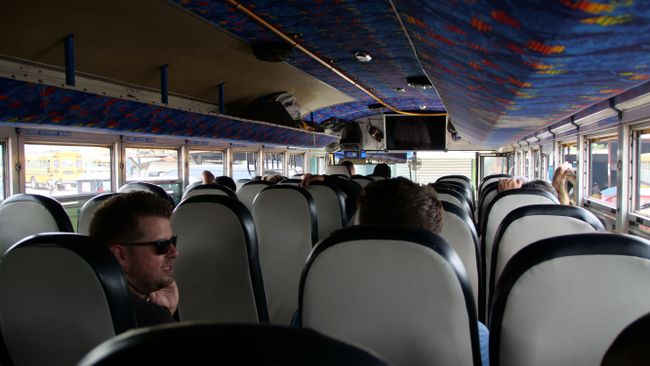
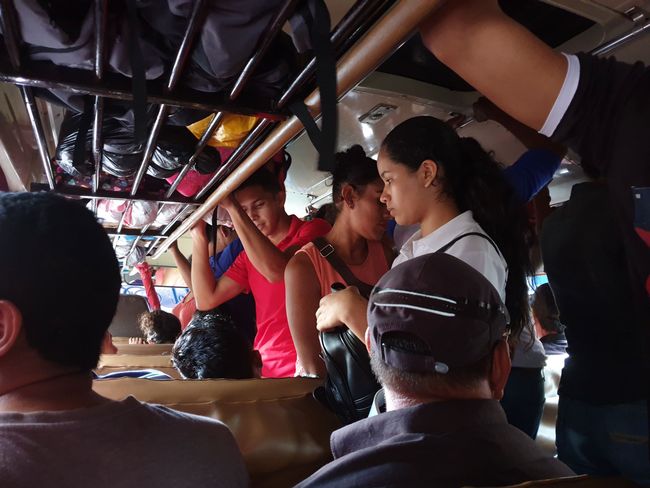
گېزىتلەرگە مۇشتەرى بولۇڭ
With a small shuttle bus we went from one colonial city of the country to the next city, which impresses with colonial architecture. León is much bigger than Granada and there are many more people on the streets and in the Parque Central. We let ourselves drift through the streets of the city and suddenly found ourselves in the middle of the crowds of people. Most of them dressed in school uniforms. Some with a trumpet, others with a drum in hand and suddenly the spectacle began. A rhythmic beating and blowing of the instruments and the girls performed a choreography to the beat. We got caught up in a drum competition and on every corner different schools showed their performance. A joyful existence. It wasn't always like this in the streets of Nicaragua. Heroes adorn the walls of the city and memorials were erected to remember the revolutionary past of the country.
León is famous for its many churches. 16 in total, of different sizes and architecture. We didn't visit all of them, but discovered the most important one in more detail. The Basílica de la Asunción. The baroque cathedral of León is the largest and oldest of its kind in Central America. We visited it from the inside and for a small fee we walked on the roof and had a wide view of the city. From time to time the roof is painted white again, then you have to take off your shoes. The soles of our feet were white. Of course, a big city also has less beautiful corners. This is also true around the bus station, a lot of rubbish and a few eerie figures. We walked there to get information about our bus journey. On the way back we took a bicycle rickshaw. They are really everywhere in the city and can be rented for a small fee. In the evening, the many food stalls around the cathedral open their doors to spoil the visitors with all sorts of delicious treats. So one evening we tried corn on the cob with cheese and three different sauces, quesillos, a filled corn tortilla, and pupusa, a tortilla with baked-in filling. Two days full of discoveries. And then we took the bus to Estelí. We were comfortably on the road for 2 hours. In Central America, buses are often referred to as chicken buses. We noticed why on the journey from Estelí to Somoto. Every seat was occupied and they stood in double rows in the aisle. We were lucky and got seats. At the stops, the bus was half empty, but was filled again with at least as many people. In between, vendors got on and squeezed through the already overcrowded bus, selling cold drinks, nuts, chips, fruit, pupusas, quesillos, headphones, charging stations and much more. No wonder the buses have this name.
گېزىتلەرگە مۇشتەرى بولۇڭ
جاۋاب (1)
Günter
macht keinen so schönen Eindruck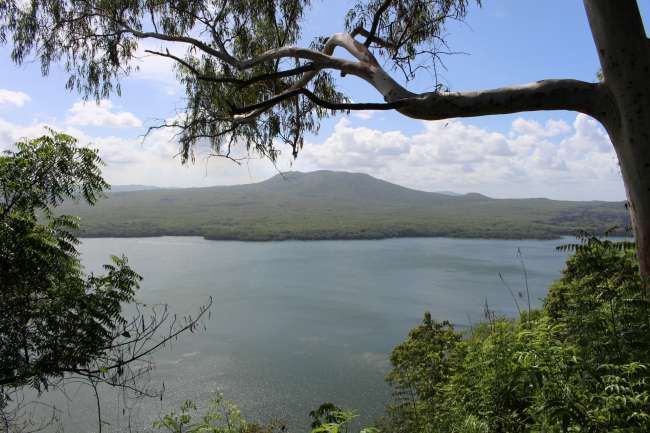
ساياھەت دوكلاتى نىكاراگۇئا
